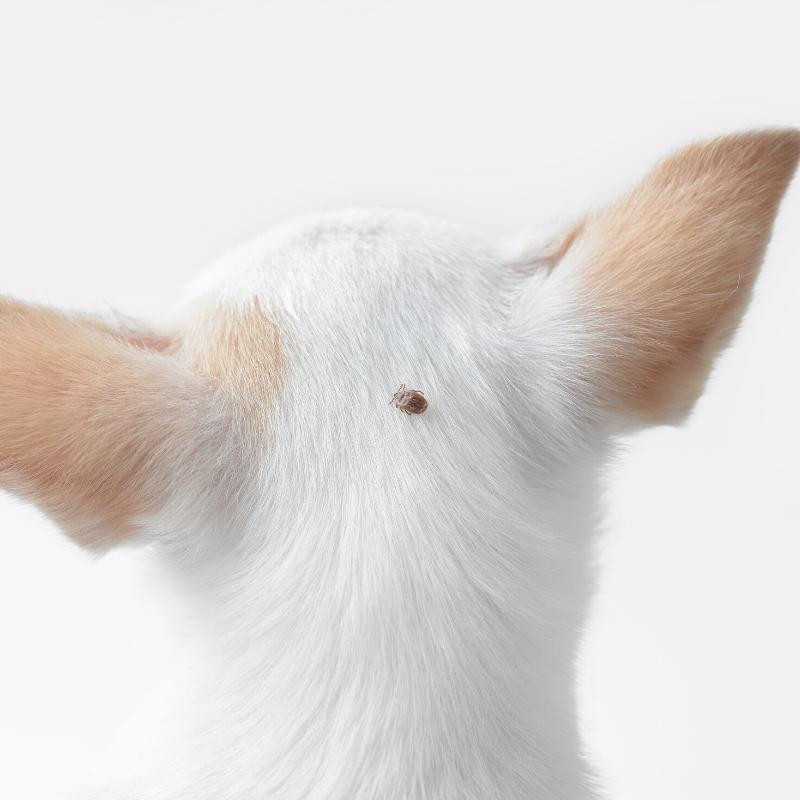SAVSNET analysis highlights the arrival of the tick season

Research led by the Small Animal Veterinary Surveillance Network (SAVSNET) has identified that now – mid-Spring - is the time when ticks are becoming more prevalent, and urges the public to be extra vigilant.
Ticks live on the ground but feed on warm blooded animals. They increase their feeding behaviour as the temperature rises each spring. As well as causing local irritation and infection of the skin, they can also transmit diseases such as Lyme disease and tick borne fever. Researchers in SAVSNET analysed data from a network of veterinary practices across the UK, to ascertain the number of consultations where ticks were seen on pets. SAVSNET epidemiologist, Dr Fernando Sánchez-Vizcaíno Buendía, said: “By using text mining to identify and count consults in which ticks were identified, we are clearly able to identify the tick season of last year, but perhaps more importantly, have strong evidence that we are now at the beginning of the tick season for 2015”.
Although ticks can occasionally bite at other times of the year, people working and playing in heavily vegetated areas should be aware that tick activity is now on the increase. Pet owners should talk to their veterinary surgeon about using one of several tick prevention treatments on their pets. In addition, people who have been out walking in tick infested areas should perform a thorough check of themselves (including clothing) and their animals. Any ticks found should be carefully removed using an approved method – if people are uncertain they should contact their GP if the tick is on them or contact their veterinary surgeon if it is on their pet. According to Sally Everitt, Head of Scientific Policy at the British Small Animal Veterinary Association, “Most ticks seen in the UK are likely to be native to this country. However, we are aware that as pets travel more widely, and also as animals from other countries are adopted by people in the UK, there is the potential to import both different types of tick and ticks carrying infectious agents, not normally present in the UK, which can cause serious diseases such as erlichiosis and babesiosis. Although the requirement to treat pets for ticks before re-entry into the UK has been removed the need has not”. Tick prevention treatments should be applied before and during travel, and animals should be checked regularly and visible ticks removed. However, if any ticks are found in the UK, BSAVA recommends they are submitted to either the Tick Recording Scheme or the Big Tick Project. Professor Matthew Baylis from the University of Liverpool’s Institute of Infection and Global Health said: “Government scientists monitor the number of cases of Lyme disease which can be caught from ticks, and although rare, have noted a gradual increase in number of cases since reporting began in 1986. “Several factors may be contributing to this including increased awareness of Lyme disease, the growth of wild deer populations, climate change and improved diagnostic testing. It is also possible that as people spend more recreational time in highly vegetated areas that there is more The above figure shows the proportion of consultations in the SAVSNET network in which a tick was removed by the vet or the owner reported recent removal of a tick.
Explore data on ticks here